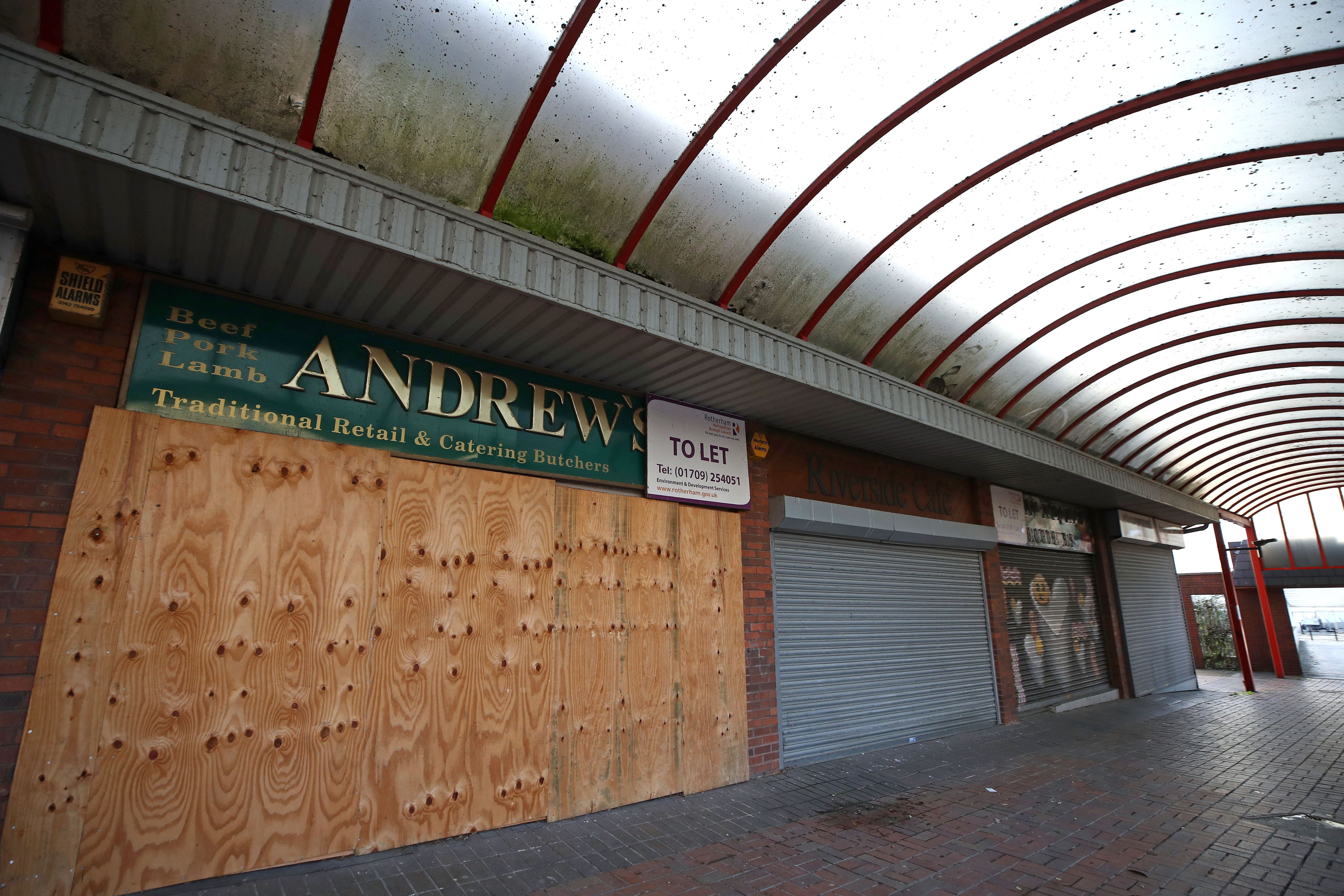Empty shop numbers fall but concerns remain amid dropping consumer confidence
The overall vacancy rate across Britain fell to 13.9% in the third quarter.

Your support helps us to tell the story
From reproductive rights to climate change to Big Tech, The Independent is on the ground when the story is developing. Whether it's investigating the financials of Elon Musk's pro-Trump PAC or producing our latest documentary, 'The A Word', which shines a light on the American women fighting for reproductive rights, we know how important it is to parse out the facts from the messaging.
At such a critical moment in US history, we need reporters on the ground. Your donation allows us to keep sending journalists to speak to both sides of the story.
The Independent is trusted by Americans across the entire political spectrum. And unlike many other quality news outlets, we choose not to lock Americans out of our reporting and analysis with paywalls. We believe quality journalism should be available to everyone, paid for by those who can afford it.
Your support makes all the difference.The number of empty shops has continued to fall but remains higher than pre-pandemic levels amid fears that falling consumer confidence will test the fragile recovery.
The overall vacancy rate across Britain fell to 13.9% in the third quarter, 0.1 percentage points better than the previous quarter and 0.6 percentage points better than the same period last year, the British Retail Consortium (BRC) and Local Data Company (LDC) reported.
It is the fourth consecutive quarter of falling vacancy rates.
Shopping centre vacancies fell to 18.8%, down from 18.9% in the second quarter, while high street vacancies decreased to 13.9% from 14%.
Empty shops made up 9.7% of retail park outlets, while London, the South East and the East of England had the lowest vacancy rates.
The highest rates were in the North East, followed by Wales and the West Midlands.
BRC chief executive Helen Dickinson said: “The costs of operating in many towns and cities remains high and demand will be tested by the fragile economy and falling consumer confidence in the lead up to Christmas.
“Higher costs are already pushing up prices and the industry faces a government imposed extra £800 million business rates bill from April 2023. This will force many retailers to make tough decisions about whether to invest in new stores or close existing ones.
“Government should freeze business rates and reform the broken transitional relief system. This will support investment in communities across the country and help keep prices low for consumers.”
Lucy Stainton, commercial director at the Local Data Company, said: “Independent businesses in particular have continued to flourish as consumers remain loyal to their local high streets.
“However, we can’t ignore oncoming economic pressures as consumers face a winter of increased caution and reduced disposable income. Just as the market has started to find its feet, we are now about to face a new round of tests— but perhaps the lessons learned during the pandemic will help chains and independents to weather the coming storm.
“The latest Great Britain figures are encouraging but should still be viewed with real caution, and we would predict that this increase in occupancy could slow as retail and hospitality businesses grapple with a tough winter.”